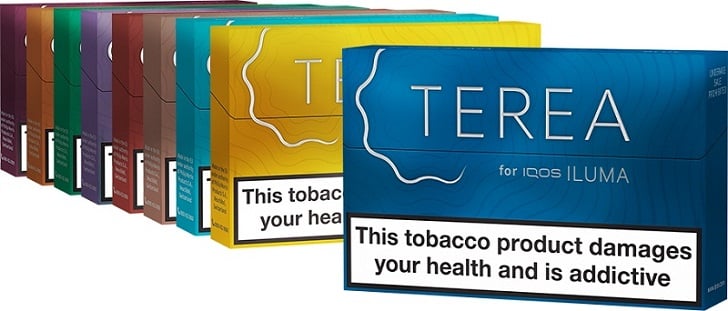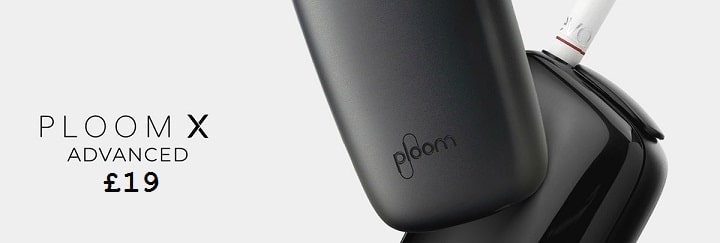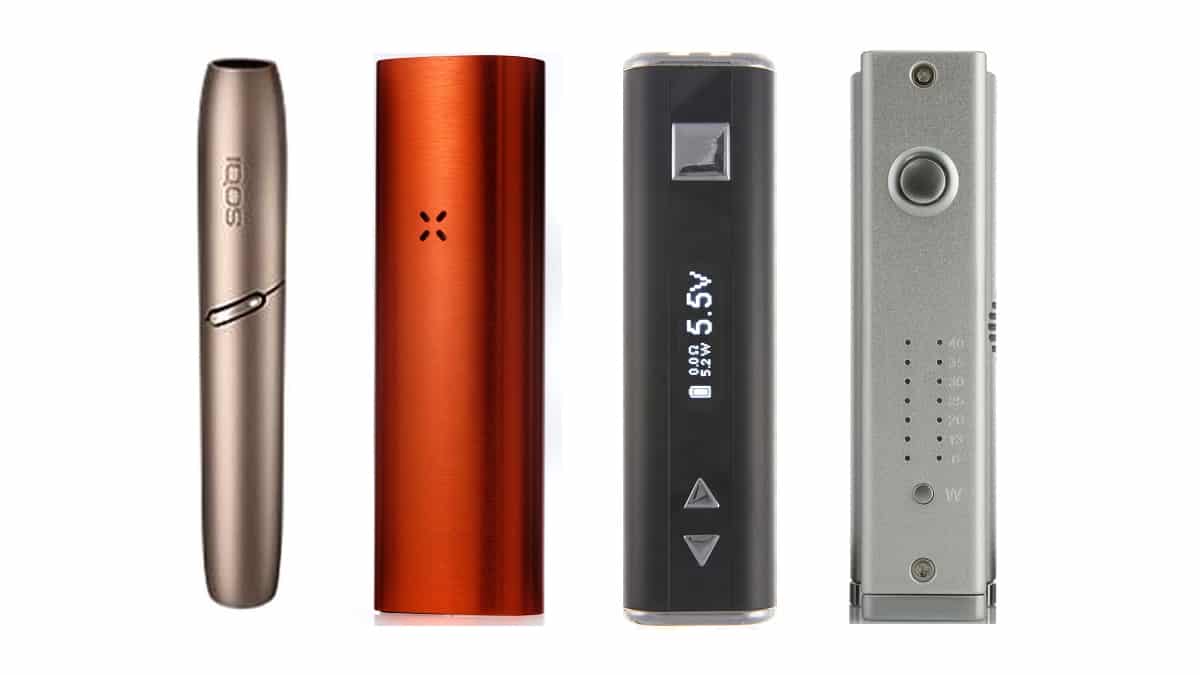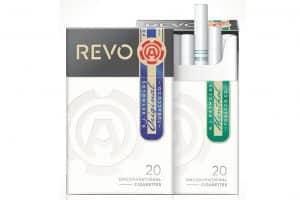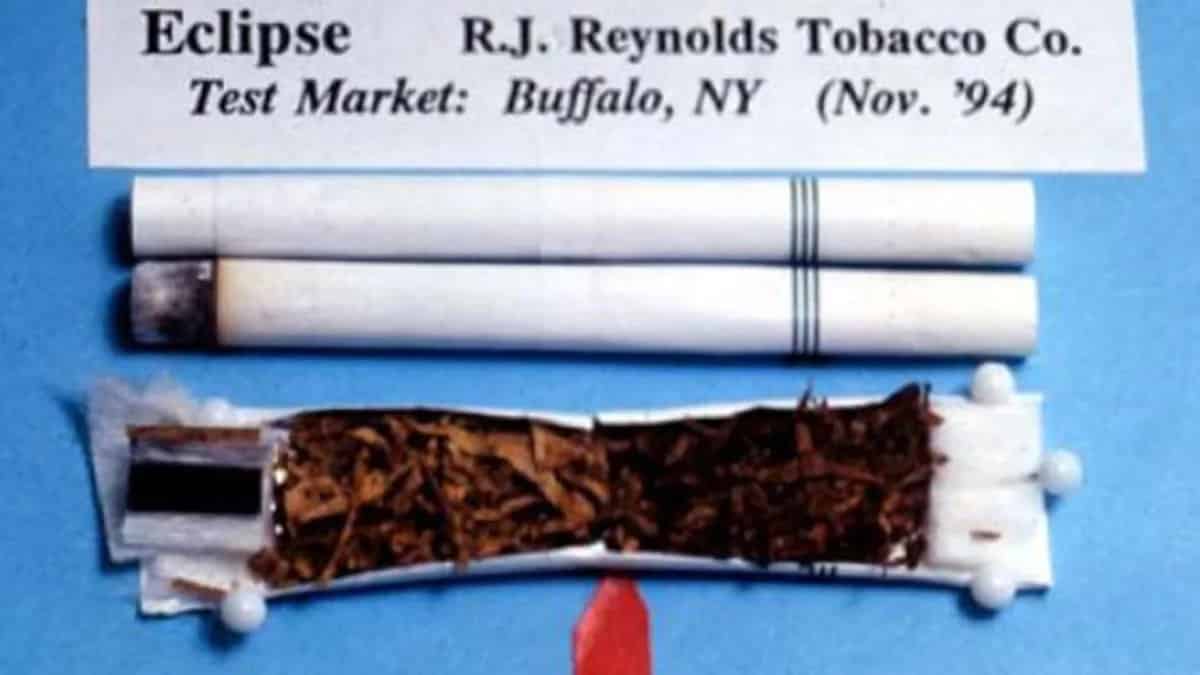
Heat not Burn, or HnB, is being hailed as the latest alternative to smoking. A range of new products are already on the market; more are in consumer trials and should be rolled out soon. By keeping the flavour and nicotine content of real tobacco, but taking away the toxic substances created by burning it, the aim is to keep the pleasure of smoking but eliminate most of the risk. The tobacco companies believe the popularity of e-cigarettes have opened the door; suddenly, for the first time, long-term smokers are willing to try new ways to get their nicotine. It hasn’t always been like this. Here we take a look at the history of heat not burn.
Many of the latest heated tobacco devices are packed with technology – lithium batteries, microprocessor control systems and energy-efficient heating coils. The concept itself is far from new, though. In fact the basic idea goes back centuries.
Hookah, or shisha, was one of the surprise trends a few years ago. Overnight shisha bars sprang up all over the place and the elaborate water pipes themselves became a must-have accessory for many young adults. But the hookah is far from a new invention; it’s been used in the Middle East since at least the early 16th century – and it uses a heat not burn concept.
To load a hookah you pack tobacco, moistened with flavoured syrup, into the ceramic bowl. That’s then covered with a screen of perforated metal or steel mesh, and lit charcoal is placed on the mesh. The heat from the coal warms the tobacco beneath, and when you inhale hot air is drawn down through the screen and over the tobacco, evaporating nicotine and flavours.
The problem with a hookah is that as well as the flavoured vapour you’re also inhaling smoke and combustion products – including carbon monoxide – from the charcoal. The tobacco can also get burned if it’s not packed properly or the coal is too hot. A lot of the risk of smoking is removed though. Some health groups claim hookah is as dangerous as cigarettes – or even worse – but that’s not true. A recent study found that hookah has 14% of the risk:
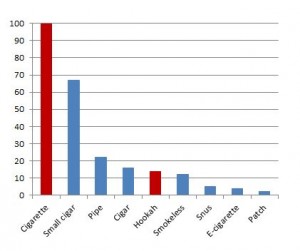
So it’s been known for a while that tobacco can be used by heating, and eventually the tobacco companies started taking an interest. Since the 1950s they’d been fighting a rearguard action against admitting that smoking is dangerous, but by the mid-1980s it was obvious they’d lost. Smoking rates were falling and to hang on to customers they started looking at safer ways to use tobacco. HnB was an obvious candidate and RJ Reynolds were the first to come up with a product.
Premier, released in 1988, was basically a compact, disposable hookah. It was a lightweight cigarette-sized aluminium tube with a filter at one end and a pellet of charcoal at the other. In between was a foil-wrapped tobacco capsule. When the charcoal was lit it heated the tobacco, creating flavoured vapour that could be inhaled.
Unfortunately for RJR, Premier was a flop. It was reasonably effective at delivering nicotine but the vapour was unpleasant. Smokers complained about a charcoal aftertaste and also found it inconvenient to light. RJR estimated that after two or three packs smokers would have figured out how to use Premier properly and got used to the taste, but most didn’t make the effort – the average buyer bought a pack, smoked one and handed the rest round their friends. A side effect of this was that none of the friends would buy a pack of their own.
Premier failed so badly that it was pulled from the market in less than a year (a later attempt to introduce it in India lasted about as long) but RJR thought the basic idea was sound, and a decade later they started developing an improved version.
RJR’s new Eclipse appeared in selected shops in 1996, and rolled out nationally in 2003. It looked almost identical to Premier but inside there were some differences. The tobacco filling was prepared differently and moistened with glycerine (which is also used in e-cigarette liquid). This improved the taste and texture of the vapour, and while it never put a big dent in conventional cigarette sales it did well enough that Eclipse is still on sale throughout the USA.
Meanwhile Philip Morris tried a different approach. In 1998 they started consumer tests of their Accord smoking system in Richmond, Virginia. Accord was a compact battery-powered unit with a built-in heating element, which was fed with special cigarettes. These contained a multi-layer filter and a heat-resistant tube filled with tobacco, and were wrapped to look like a shorter version of a normal cigarette. When one was loaded into the Accord the filter stuck out the end of the case. Taking a puff activated an eight-bar heater around the cigarette, producing vapour.
Accord had some interesting features. A sensor checked the inserted cigarette to make sure it was an Accord one, and stopped the device firing if a normal cigarette was used. There was also a parental lock to prevent children using the device. It wasn’t a success though, and it was withdrawn in 2006.
Within months of Accord being pulled a new device started testing, this time in Switzerland and Australia. Like RJR, Philip Morris felt they were on the right track and just needed to perfect the design. The upgraded product, Heatbar, was another puff-activated handheld unit that used special cigarettes.
As competition to these products some smokers were also experimenting with herb vaporisers to see if they could produce tobacco vapour. Results were good enough for companies like Ploom to start producing dedicated tobacco vaporisers.
So today’s new HnB products can mostly be traced back at least twenty years. RJR are preparing to release the Revo, which is basically a rebranded Eclipse. Philip Morris’s iQOS heated tobacco device is a further upgrade of the Heatbar, with a radically redesigned slimline device but very similar “HeatStick” cigarettes. There’s an ever-increasing range of loose tobacco vaporisers as well, and cartridge-based systems like Ploom’s ModelTwo (now owned by Japan Tobacco). The concept hasn’t taken off before but the companies behind the new wave are betting that e-cigarettes have paved the way for success this time round. The next few years should be interesting.

